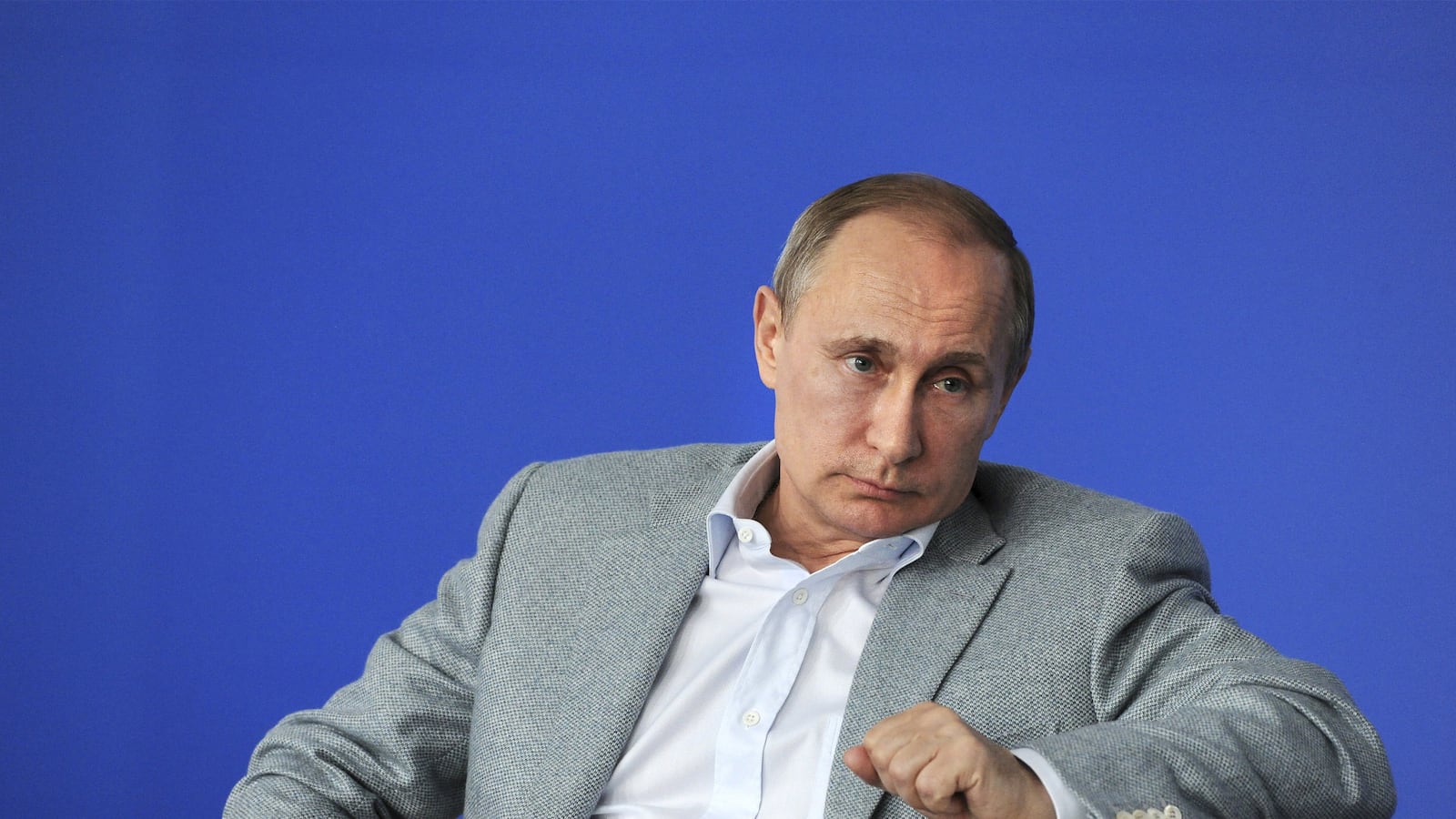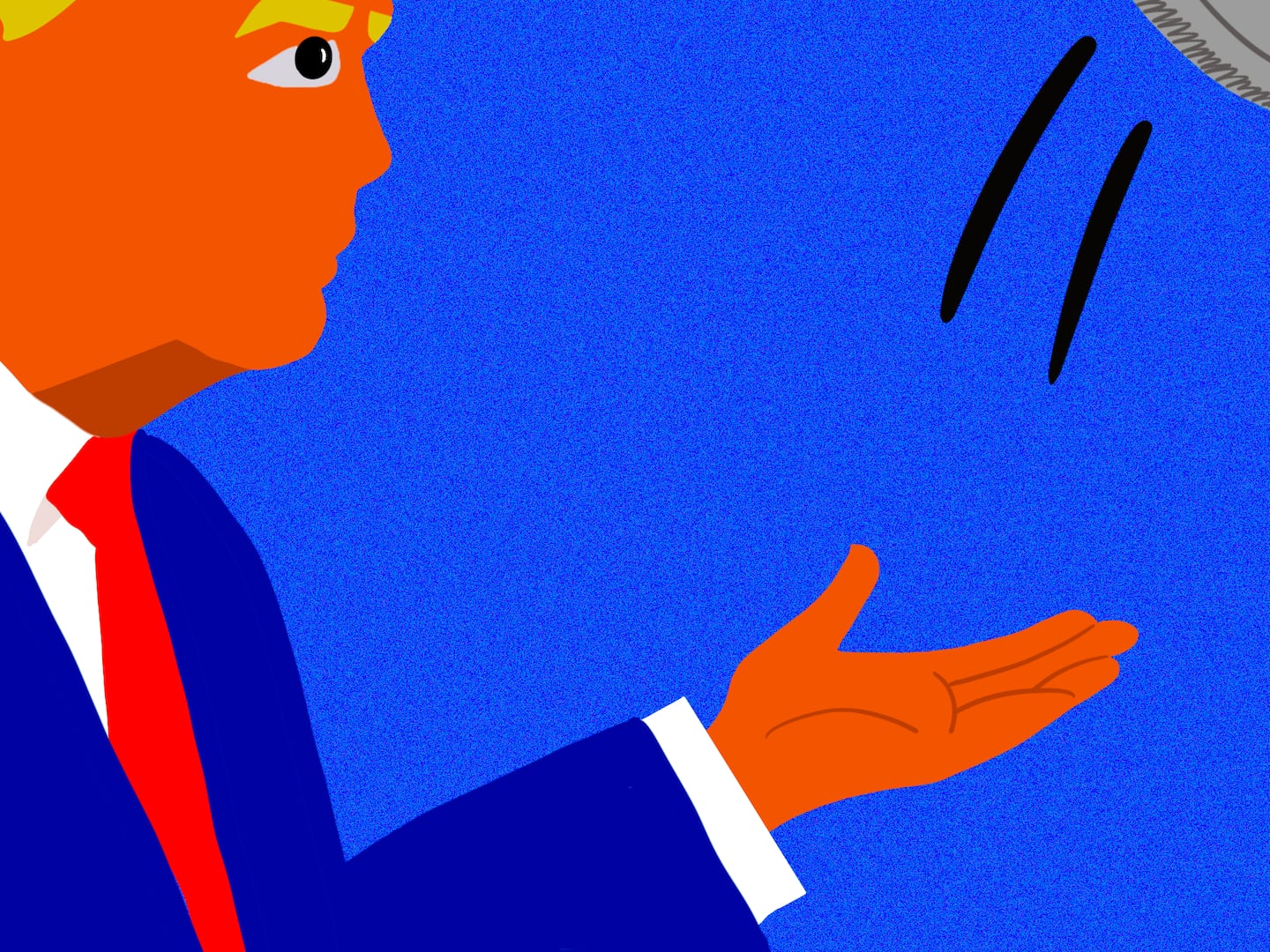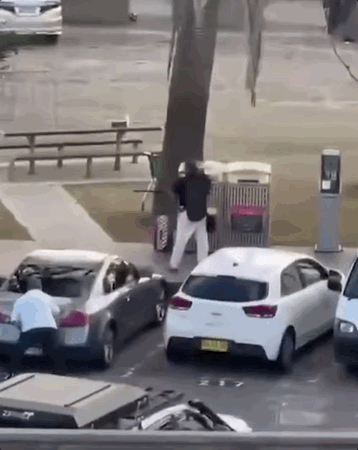MARIUPOL, Ukraine —Some have called the conflict between the Ukrainian military and Russian-backed separatists a fake or phony war. But tell that to the families of troops who have died on both sides. It’s not a fake war; it’s just a different war. This conflict, which has seen everything from the appearance of “little green men” (actually rather large Russian-speaking soldiers), intimidating troop build-ups, relentless propaganda and stealth invasions is very likely the shape of things to come. As regional consultants Gregory Maniatis and Molly McKew have argued, Russian President Vladimir Putin started “a pop-up war—nimble and covert—that is likely to be the design of the future.”.
In June, after a bit of a lull that coincided with the G7 summit in Germany, shelling picked up near this strategic coastal port just as before. Indeed, the fighting seems to begin each night around sunset, and clearly some people think it is in their interest to keep the conflict going.
Yet the long-anticipated invasion and siege of Mariupol, with the ultimate aim of establishing a land bridge to Russian-annexed Crimea, has not happened.
This shouldn’t be surprising. As we have seen elsewhere, Putin’s approach is gradual. He will slowly chip away at the country, keep his troops active and pushing forward bit by bit until he gets what he wants.
The 2008 war in Georgia is the quintessential example. The international community paid little or no attention to the separatist territories of South Ossetia and Abkhazia there until Russian tanks nearly rolled into the capital, Tbilisi, and the Russian government gave the breakaway territories formal recognition. To this day Russian-backed separatists have managed to carve away and hold on to 20 percent of Georgia’s land.
Putin’s tactic, obvious in hindsight, is to occupy a breakaway region, recognize it and slowly expand it over time, a recent example being an incident a month ago when Russian-backed forces from South Ossetia put up signs marking their “border” pushing farther “ into Tbilisi’s territory. The placards were placed within sight of one of Georgia’s largest highways and a mile-long section of the BP-operated Baku-Supsa pipeline.
Such conflicts never are fought on just one front. During the initial invasion of Georgia, once Tbilisi’s troops were routed in South Ossetia, Russian forces came through Abkhazia. When the focus is on one area, Putin changes to a different one. Annex Crimea, and while all the world watches and the media deliberate, move into Ukraine through the Luhansk and Donetsk oblasts. It’s the basic algorithm for pop-up war.
The next step seems to be to wait until the media has stopped paying attention. Eventually people are no longer going to read stories about an invasion and siege of Mariupol that hasn’t happened. And that’s exactly when it will happen. For Putin, the strategy is to make a small move and then wait. Either the move is not large enough to make it into major headlines, yet is a slight tactical gain, or the headlines get exhausted by pundits and leaders who cry wolf.
Think of the war in Ukraine as a large open wound that has not been allowed to heal. Infection has set in. The entire country’s immune system is overloaded and all other activity is suffering. The longer the wound is kept open the more it will fester. Hate and extremism will gather on all sides until they begin to confirm the propaganda of their enemies. Panic begins to spread. The Baltic countries call for more NATO assistance, and the entire structure of NATO is rattled. Former Soviet countries see it as a reminder of what happens when they mess with Mother Russia. The U.S. reacts with drills across NATO borders, even sending military advisors and equipment into Ukraine, as outlined in the Ukraine Freedom Support Act of 2014.
In response to NATO and U.S. exercises like Operation Atlantic Resolve throughout NATO countries from the old Eastern Bloc, and Operation Fearless Guardian in Ukraine, Russia stages reactive exercises from Crimea to the Arctic—which directly imply a nuclear narrative and preemptive strikes against NATO.
The result? We’re looking at the biggest build-up and stand-off of U.S. and Russian troops since Berlin 1948.
Even during the Cold War, Russian and American troops never directly faced off so closely and in such large numbers. Instead, proxy states were used, such as Cuba in 1962. The significance and danger of this buildup seems lost on both the American and Russian people.
“These aren’t just exercises; this is a serious escalation,” says German journalist and Russia expert Boris Reitschuster. “NATO is being tested by Putin who is looking for any possible weakness. I don't think people back in the US or even in Western Europe realize how serious this situation is.”
When and if the wounds heal they will leave scars that will be constant reminders of conflict for generations to come.
Yet for all this, the massive steel mill in Mariupol remains functional. Passenger trains have been suspended, but supply trains run in and out almost hourly without a problem.
For Roman Sokolov of the non-governmental organization Mariupol Defense, this is something of a mystery. “Even when separatists had control of the city, there was only quiet looting. The steel mill and port continued to be functional.” Meanwhile, because of sanctions targeting Crimea’s ports, commercial activity has increased for Mariupol.
For Sokolov much of this war is about identity. “We don’t know what Putin wants. If Russia uses aviation and ships, yes, we will lose Mariupol in a matter of hours. But if they do, we can say this is with a doubt Russia doing it. For now, Putin claims not to have soldiers in Ukraine.”
“Stupids fighting stupids,” is the way one Mariupol taxi driver describes this drôle de guerre. It’s like a United Nations convention of mercenaries and ideologues: Nationalists, anti-Russian Chechens, pro-Russian Chechens, Ukrainian separatists, Russian military, Russian fascists, Americans, Croats, Serbs, Neo-Nazis, Georgians, Israelis, at least one Swedish sniper are all pitching in.
As to how long the war will last, it is still too early to tell. If there is one thing that Putin has in abundance, it is stamina.
On August 8, Georgia marks the seventh anniversary of the 2008 Russian invasion, and Tbilisi doesn’t have much to celebrate. The separatist regions are closer to Moscow now more than ever, the borders of the regions keep expanding and Georgia’s relations with Russia won’t normalize any time soon. All of which brings up the question, where will Ukraine be in six years? And will world opinion care about Kiev’s problems then any more than it cares about Tbilisi’s now?







